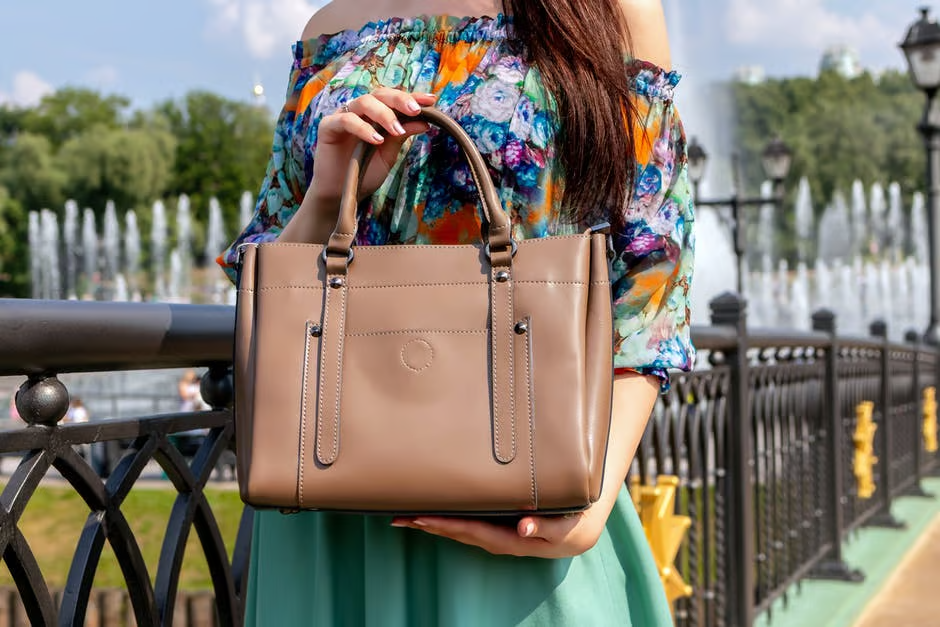Wine is more than just a beverage; it’s an experience. One key element in fully appreciating wine’s complexities and nuances is the decanting process. Wine decanting involves transferring the contents of a bottle to a decanter, allowing the wine to breathe and interact with the air.
This simple yet powerful technique can significantly enhance the flavors and aromas of a wine, transforming an ordinary bottle into an extraordinary one. In this blog post, we will delve into the wine decanter, uncovering the secrets that can help you unlock the full potential of your favorite wines.
Choose the Right Wine for Decanting
While decanting can benefit many wines, certain varieties benefit more. Young and tannic red wines, such as Cabernet Sauvignon or Syrah, can significantly benefit from decanting, as it softens the tannins and opens up the aromas. However, delicate or older wines, like Pinot Noir or aged Bordeaux, require a gentler approach as they can be more sensitive to oxidation.
Proper Decanter Selection
When choosing a decanter, it is essential to consider certain factors that contribute to an optimal decanting experience. One crucial aspect is the decanter’s design and features. Look for a decanter with a wide base and a large surface area, as this allows for maximum exposure of the wine to air.
A broader surface area facilitates the wine’s interaction with oxygen, enhancing the aeration process and fully allowing the flavors and aromas to develop. Moreover, a decanter with a wide neck is advantageous as it makes pouring the wine easier and reduces the likelihood of spills, ensuring a seamless and enjoyable decanting experience.
By selecting a decanter with these attributes, you can enhance the flavors and aromas of your wine, ultimately elevating your enjoyment.
Decanting Time
Decanting time varies depending on the wine. Young and bold red wines typically require longer decanting, ranging from 30 minutes to a few hours. However, delicate wines may need shorter decanting times, usually around 15–30 minutes. It’s essential to taste the wine periodically to determine when it has reached its optimal state.
Proper Decanting Technique
Proper decanting involves a few key steps to ensure a smooth and sediment-free pour. Begin by removing the foil, uncorking the wine bottle, and preparing it for decanting. Slowly pour the wine into the decanter with a steady hand, maintaining a smooth and controlled flow.
It is crucial to be cautious and avoid disturbing any sediment that may have settled at the bottom of the bottle, particularly in the case of older red wines. By stopping the pour just before the sediment reaches the neck of the bottle, you can prevent it from entering the decanter and clouding the wine, ensuring a more transparent and enjoyable pour.
Properly executed decanting allows the wine to aerate and develop its flavors while separating it from any undesirable sediment. By uncorking the bottle and gently pouring the wine into the decanter, you enable the wine to interact with the air, enhancing its aromas and flavors. While pouring, it is crucial to exercise caution and maintain a steady hand to achieve a smooth flow without disturbing any sediment that may have accumulated over time.
Carefully observing the wine as it reaches the neck of the bottle allows you to stop pouring at the right moment, preventing sediment from entering the decanter and preserving the wine’s clarity. Mastering the art of decanting ensures that you can savor the full expression of the wine, free from any unwanted particles that may affect its taste.
Mindful Sediment Handling
Sediment is a natural byproduct that occurs in older wines as they age. To prevent the sediment from ending up in your glass, it is advisable to stand the bottle upright for a day or two before decanting, allowing the sediment to settle at the bottom. If the sediment still ends up in the decanter, you can use a wine funnel or a sediment filter when pouring into individual glasses.
Swirling and Aerating
Once the wine is in the decanter, you can enhance the aeration process by gently swirling the decanter. This action helps the wine come into contact with the air, releasing its full range of aromas and flavors. Swirling also helps to accelerate the decanting process for wines that require shorter decanting times.
Temperature Considerations
The temperature plays a vital role in the decanting process. Red wines benefit from being decanted at slightly cooler temperatures (around 60–65°F/15–18°C) to slow the oxidation process. White wines, on the other hand, can be decanted at slightly warmer temperatures (around 50–55°F/10–13°C) to enhance their aromatics.
Glassware Selection
Proper glassware is essential for enjoying decanted wine’s full bouquet and flavors. Opt for large-bowled glasses with a tulip shape, which helps capture and concentrate the wine’s aromas. This shape also allows for better swirling and aeration while sipping.
Experimentation and Exploration
Decanting wine is subjective, and wines may respond differently to decanting techniques. Feel free to experiment and explore various decanting times, glassware, and decanting methods to find what works best for your personal preferences.
Enjoy the Experience
Lastly, the art of wine decanting is not just about enhancing flavors and aromas; it’s about enjoying the experience and savoring each sip. Take the time to appreciate the transformation that decanting brings to your wine and savor the journey from bottle to glass.
Conclusion
The art of wine decanting is a delightful process that can elevate your wine-drinking experience to new heights. By following these secrets of wine decanter, you can unlock your favorite wines’ hidden flavors, aromas, and textures, transforming ordinary moments into extraordinary ones. So, next time you uncork a bottle, remember to embrace the art of decanting and embark on a sensory exploration and enjoyment journey. Cheers!
Read More:
back to school fashion trends 2025










